Teak furniture is popular outdoors because it's sturdy, looks great, and holds up well in any weather. While many believe this wood needs no care, this isn't quite true. Like any quality piece, teak needs regular attention to stay in top shape.
Without proper care, your teak furniture can collect dirt, dust, and even develop mold or mildew from constant exposure to the elements. These issues can affect both its looks and its structure over time.
This guide walks you through the essential steps to clean and maintain your outdoor teak pieces. You'll learn the right methods and materials to use, helping you protect your investment and keep your furniture looking great for many years.
Understanding Teak
Teak wood is naturally high in oils. These oils work as wood's shield, protecting it from water damage, rot, and unwanted visitors like insects and mildew.
You'll find teak has a tight grain pattern and impressive strength, which explains why your teak furniture can last for decades.
When you clean teak furniture, your goal is to remove surface dirt while keeping these protective oils intact.
This means you should avoid harsh chemicals(such as bleach or ammonia) that might strip away the wood's natural defenses. Think of teak oils as its immune system - you want to keep them healthy and working.
Different Grades and Types of Teak
Teak comes in different grades. Grade A is the best, from the heartwood of mature trees, and contains a lot of natural oils, which makes it more weather and wear-resistant.
Lower grades, such as B and C, come from younger trees or the outer sapwood. They contain less oil and are less hard-wearing. Teak recovered from old buildings is another type that homeowners may come across.
Different grades need different care - Grade A needs less maintenance thanks to its natural oils. Lower grades or reclaimed teak may require more frequent cleaning due to the higher number of pores and uneven surface.
Understanding Teak's Weathering Process
New teak furniture starts with a warm honey-brown color that catches many homeowners' eyes. When exposed to sun and rain, the wood's natural oils begin to evaporate from the surface, causing the color to shift.
Over time, your teak furniture will develop a silvery-gray patina. This change happens through oxidation and UV exposure, taking anywhere from several months to a year.
Don't worry - this transformation only affects the appearance of your furniture, not its strength or durability.

Your preference for either the original honey brown or weathered gray appearance will guide your maintenance approach.
To keep the brown color, you'll need special cleaners and protective oils. If you prefer the natural gray look, basic cleaning to remove dirt is all you need.
How to Clean Teak Furniture: Best Practices
After learning about the types and basic conditions of teak, the next step is cleaning. The following describes the basic steps for effectively cleaning outdoor teak furniture.
What You'll Need
- Mild, non-abrasive dishwashing liquid
- Soft-bristled brush
- Garden hose
- Clean rag or sponge
- Gloves and goggles
- White vinegar (optional)
- 220-grit sandpaper (optional)
- Tarpaulin to protect the surrounding area (optional)
How to Clean Teak Wood Furniture: Step by Step
- Remove cushions and accessories. Protect the surrounding area with a tarpaulin.
- Use a soft brush to sweep off loose debris, leaves, and dirt.
- Mix a mild detergent with warm water in a bucket, then add a bit of white vinegar.
- Dip a soft brush or cloth into the soapy solution and gently wipe the furniture, following the wood grain. Focus on areas with visible dirt.
- Rinse thoroughly with clean water from a garden hose to remove soap residue.
- Wipe off excess water and let the furniture dry completely in a well-ventilated area, away from direct sunlight.
- If rough areas appear after drying, use 220-grit sandpaper to smooth them, always following the wood grain.

Addressing Specific and Stubborn Stains
Dealing with Oil and Grease Stains
If there are oil or grease stains, first blot up as much of the oil or grease as possible with a clean cloth or paper towel.
Do not rub vigorously, as this will spread the stain further into the wood. Clean the area with mild dishwashing soap mixed with warm water.
For stubborn stains, make a paste from baking soda and water. Apply to the affected area, leave for 15 minutes, then scrub gently and rinse.
As a last resort, you can also try a clean cloth dampened with mineral spirits. To avoid damaging the teak, always test the mineral spirits in a hidden area first.
Food and Beverage Stains
When food or drink is spilled on the teak, act quickly to prevent permanent stains. Immediately blot up the spilled liquid with a clean, absorbent cloth. Then wash the area with mild soapy water.
For more stubborn food stains, use a soft-bristled brush and slightly stronger soapy water. If necessary, you can also use a teak cleaner that is specially formulated to remove food stains.
How to Maintain Natural Teak?
To keep your teak furniture's warm honey-brown color, apply a teak protectant or sealer. These products shield the wood from UV rays and moisture, helping preserve its natural oils and color.
Before applying any sealer, make sure your furniture is clean and completely dry. Choose a water-based sealer with UV inhibitors for best results. You'll need to reapply the sealer once or twice a year, depending on your climate and exposure.
Keep your teak furniture out of direct sunlight whenever possible to minimize UV damage. If the wood becomes weathered, you can restore its appearance by gently sanding the surface with fine-grit sandpaper before applying a new coat of sealer.
How to Maintain Weathered Teak?
Many people love the silver-grey color that teak gets over time. If you're one of them, you won't need to do much work.
Just clean your teak pieces regularly to remove dirt and dust. A simple mix of mild soap and water works well for basic cleaning.
Want that weathered look faster? You can speed up the natural graying process by using an ash agent on your teak furniture.
Remember to wipe down your weathered teak every few weeks with a damp cloth to keep it looking its best.
How to Remove Mold and Mildew from Teak Furniture?
Mold can appear on teak furniture as black, green, or dark spots. Sometimes they look fuzzy. Mold grows quickly in damp places and can harm your health as well as your appearance.
You can remove them with diluted bleach. Mix 1 part household bleach with 9 parts water. For stubborn stains, use a mixture of 1 part bleach with 2 parts water.

Always wear gloves and safety goggles when handling bleach. Dip a soft cloth or sponge in the solution and gently wipe the dirty spots. Leave it on for a few minutes to kill the mold, then rinse with clean water.
If you want to use a milder method, try using white vinegar instead of bleach. The natural acids in white vinegar are effective at killing mold. Use it in the same way as the bleach mixture.
Teak Cleaning Mistakes to Avoid
To protect outdoor teak furniture from damage and ensure optimal cleaning results, it is important to avoid certain common mistakes.
Using Steel Wool
Don’t use steel wool or rough scrub pads on teak furniture. They scratch and damage the wood surface.
Tiny metal bits can stick in the wood, leading to rust and weird colors. Use fine sandpaper instead. It’s gentler and wipes away tough stains without harm.
Harsh Chemical Hazards
Stay away from strong chemicals like bleach or ammonia. Unless they’re made for mildew and diluted right, they can mess up the wood’s color and structure.
Also, skip cleaners with rough bits. They scratch the surface and cause damage.
Pressure Washing
Don't use pressure washers on teak furniture. The strong water force can damage wood fibers and strip away natural oils. This damage often leads to surface pitting that's hard to repair.
Applying Teak Oil
Teak oil might make outdoor furniture look nice for a bit and shed some water. But it’s not great for long-term care.
Teak has its oils, and extra oil can block its breathing, sometimes causing mold. It doesn’t shield against the sun or weather well either.
To keep the color and protect it, try teak sealers or protectors. They work better and last longer. Indoors, teak oil is fine to boost the appearance, but outdoors, it’s not much help.
How Often Should You Clean Teak Furniture?
How often you clean teak furniture depends on where it is, how much you use it, and what you prefer. Dust, pollutants, and daily use all affect how often you need to clean.
A good rule is to clean your teak furniture every three to four months. Quick, regular cleaning works better than waiting until your furniture gets grimy.
If you live near the coast or in humid areas, clean your teak more often. The moisture in these environments can lead to mold, which damages the wood over time.
How to Protect Teak Outdoor Furniture?
Active care and protection measures can help extend the life of outdoor teak furniture and maintain its appearance.
Use a Protective Cover and Store Properly
Cover your teak furniture with a protective cover when it is not in use, e.g., during bad weather or the off-season. Choose a material that is breathable and allows air to circulate while keeping out water.
A breathable cover will protect your furniture from rain, sun, and debris, while also preventing moisture from building up and causing mold.
Also, store cushions and fabrics in a dry place when not in use to prevent damage and fading.

Seasonal Maintenance
Regular seasonal care keeps your teak furniture looking its best. When spring arrives, give your furniture a deep clean to remove winter buildup of dust and mold. Do the same in the fall before storage.
Take time to clean your furniture well before the outdoor season starts. When preparing for winter storage, make sure your teak pieces are completely dry before covering them.
Hardware Check
You should inspect and tighten all screws and bolts on your teak furniture every few months. Weather changes make wood expand and contract, which can loosen hardware over time.
Regular tightening keeps your furniture stable and safe to use. In coastal or humid areas, add a rust inhibitor to metal hardware to prevent corrosion.
Wrapping It Up
Regular cleaning with mild soap and water is enough for most teak furniture maintenance. For tough stains or mold, you can use specific cleaning solutions as needed.
To protect your investment, use furniture covers when your teak pieces aren't in use. Apply a teak protector or sealer periodically to maintain the wood's natural beauty and resistance to weather damage.
By avoiding harsh chemicals and following proper care guidelines, your teak outdoor furniture can stay beautiful for many years.
The simple steps in this guide will help you preserve your furniture's natural charm while ensuring it remains a lasting part of your outdoor space.
Related Reading:


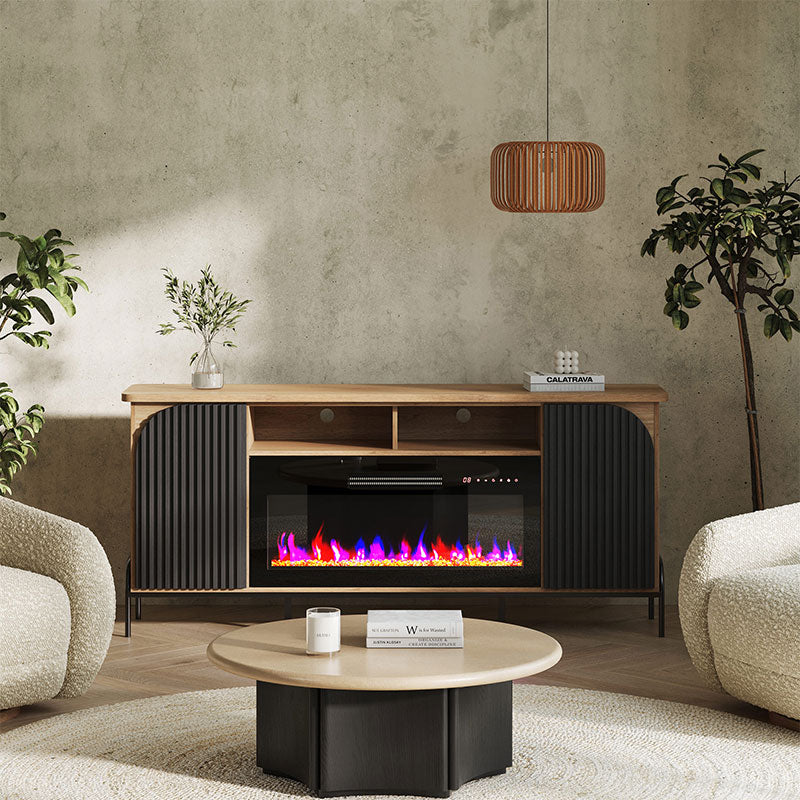
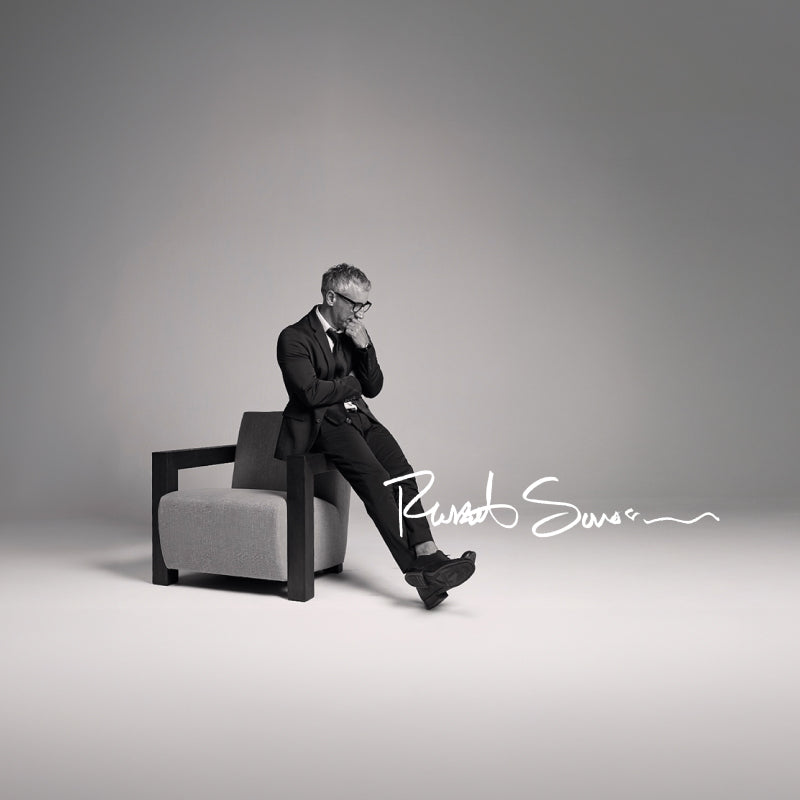

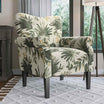



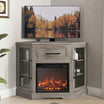




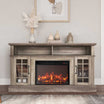
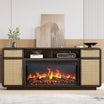





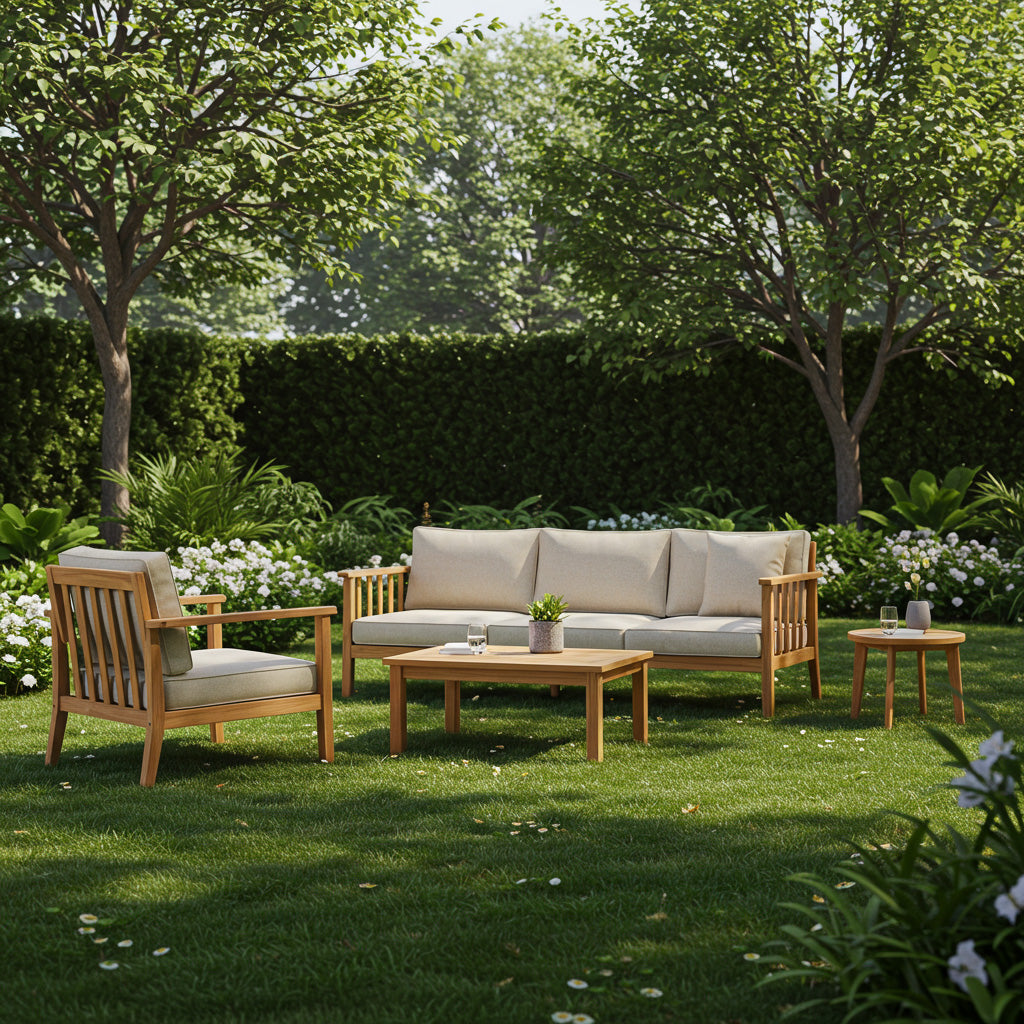
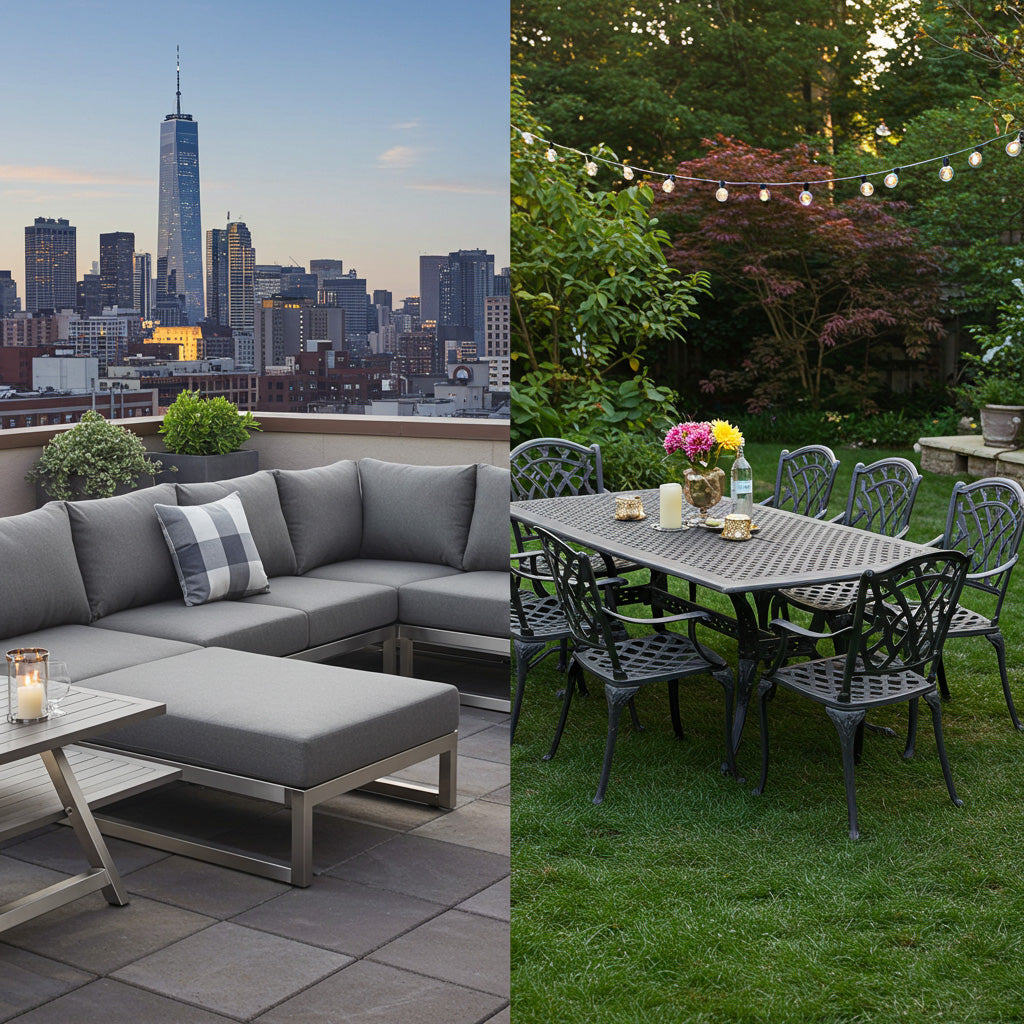

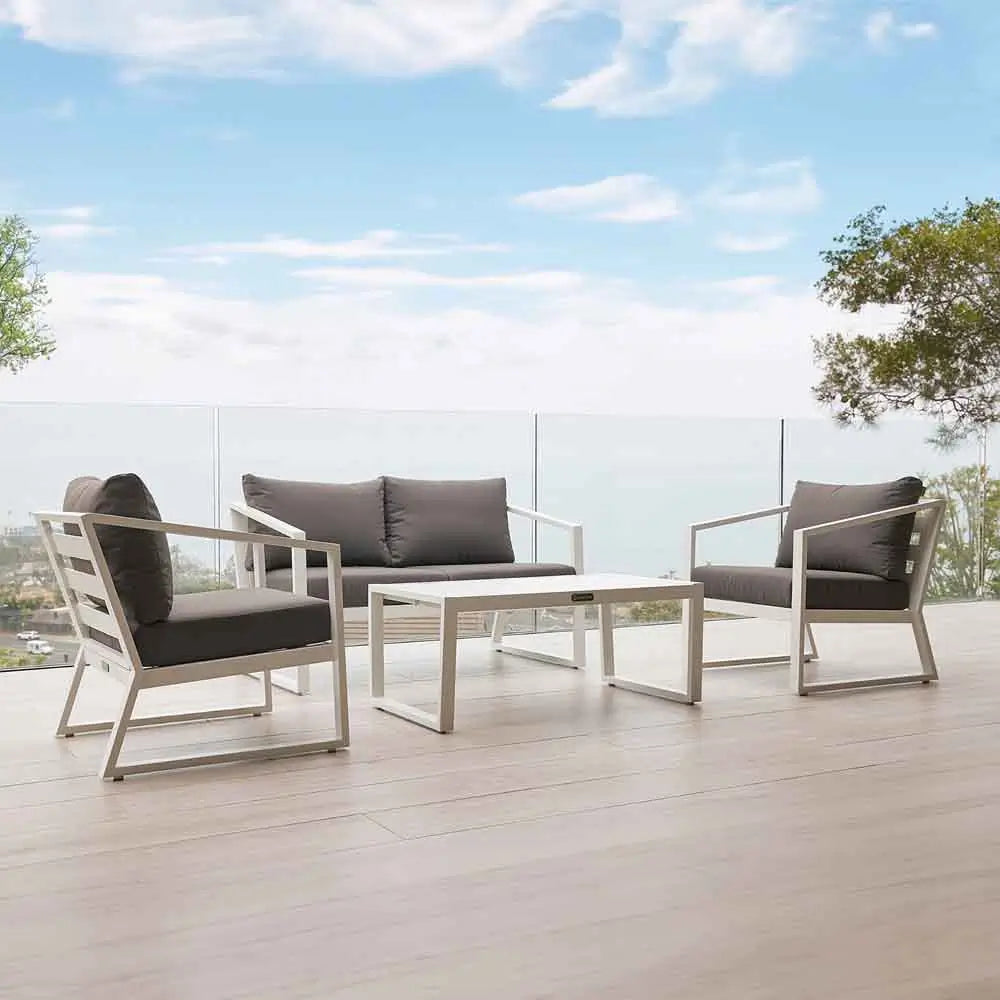
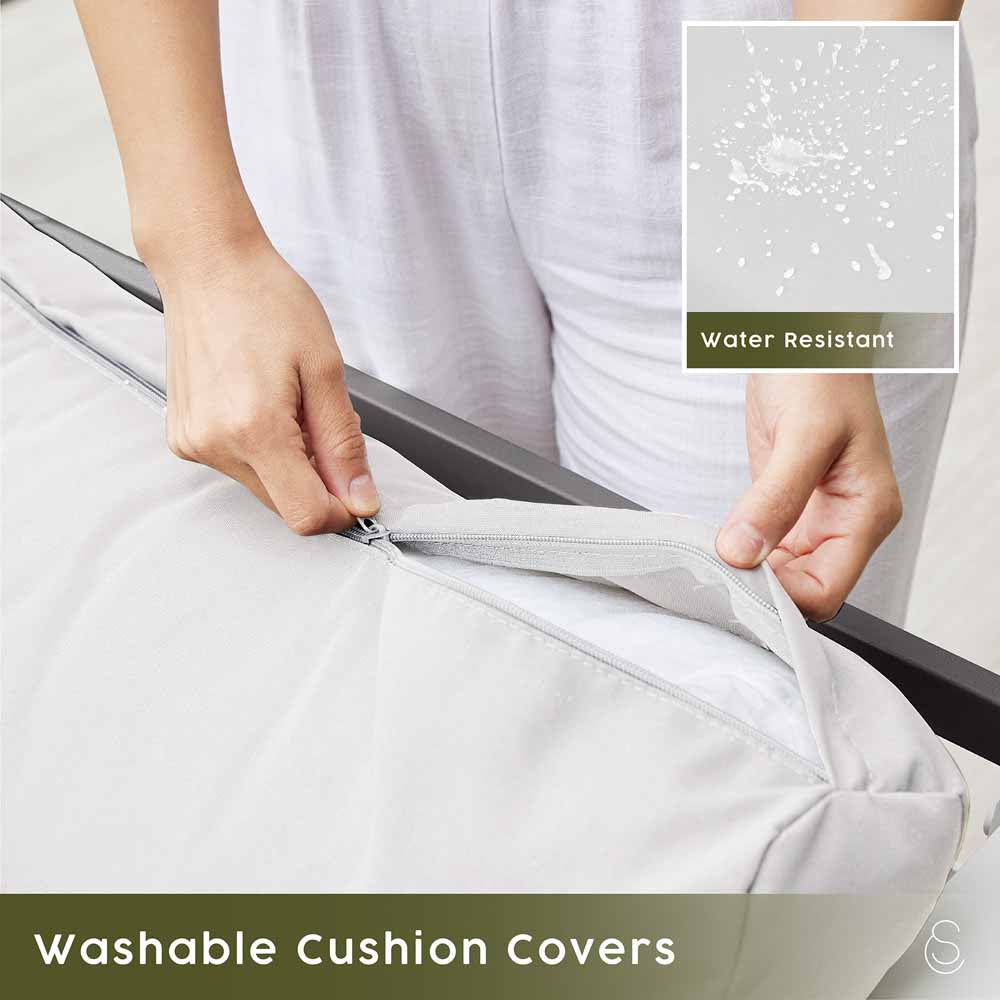
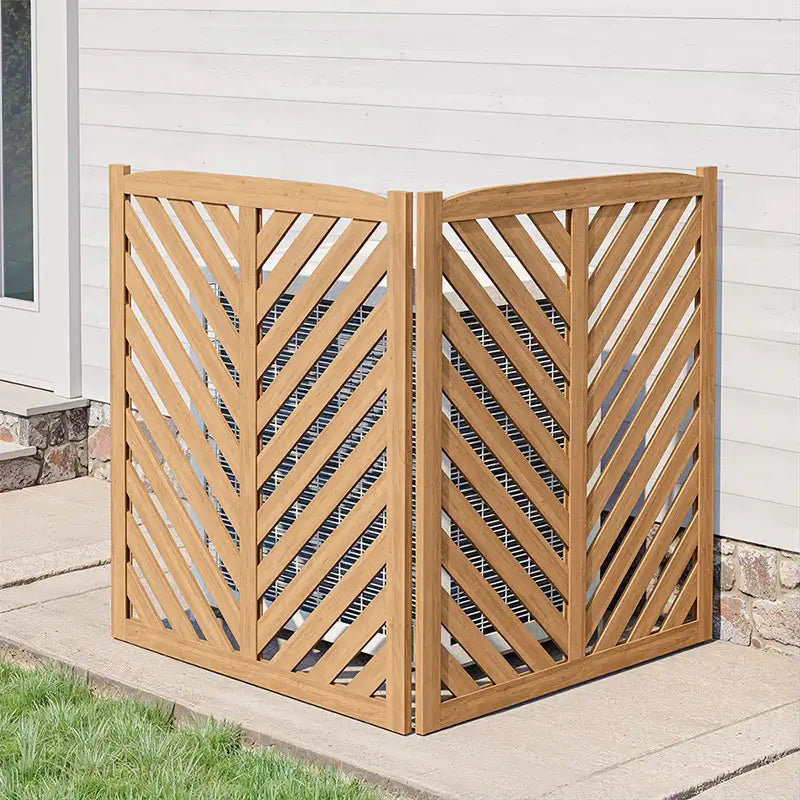
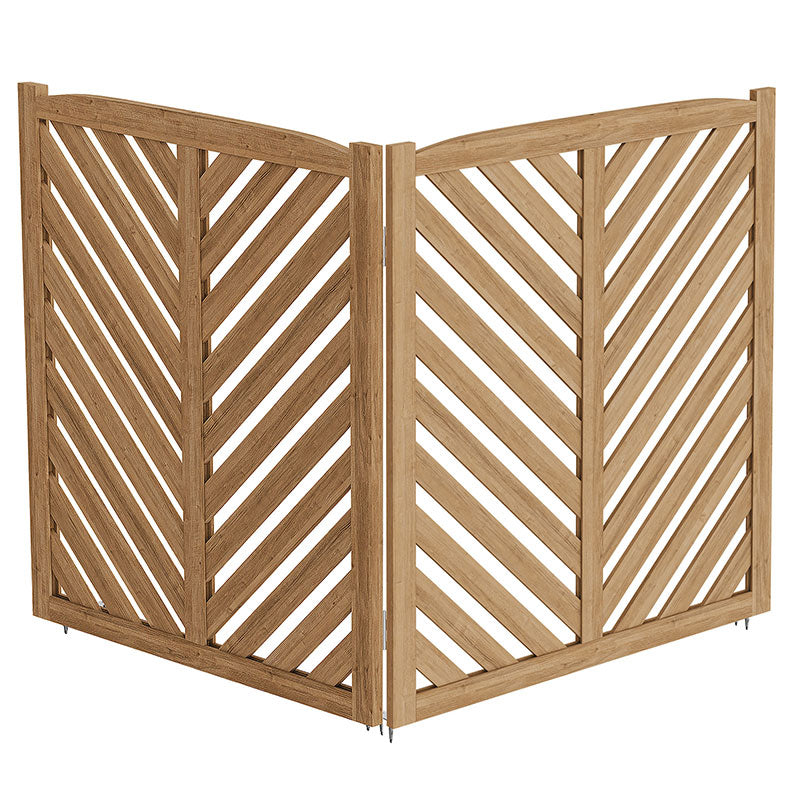




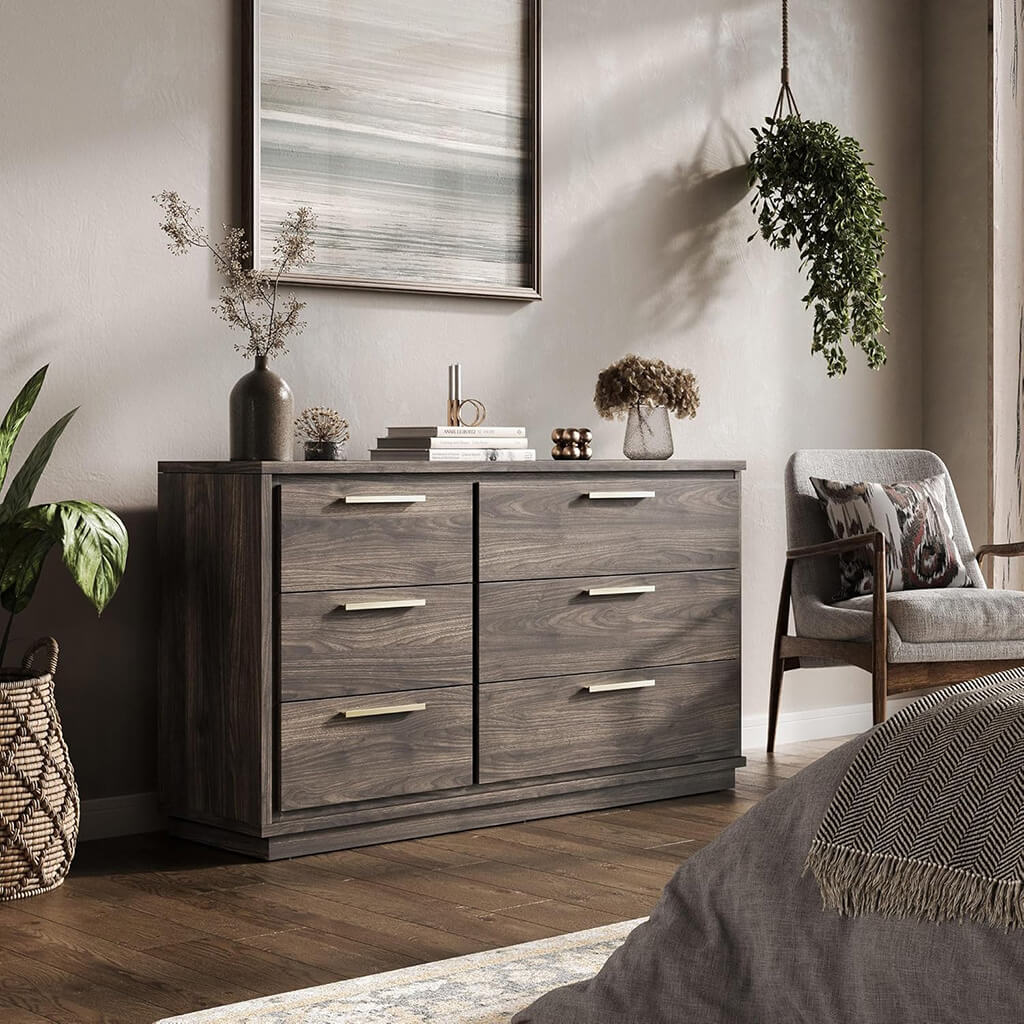
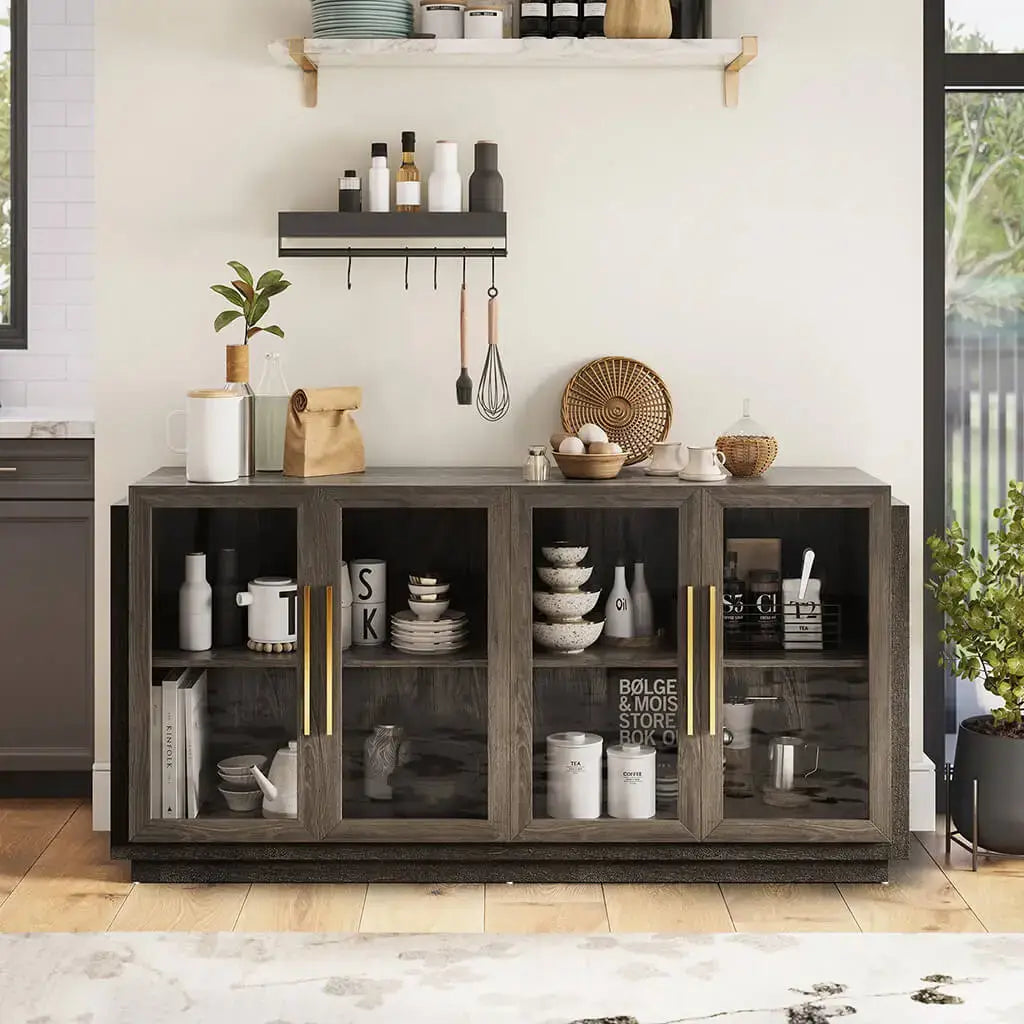
Leave a comment
This site is protected by hCaptcha and the hCaptcha Privacy Policy and Terms of Service apply.